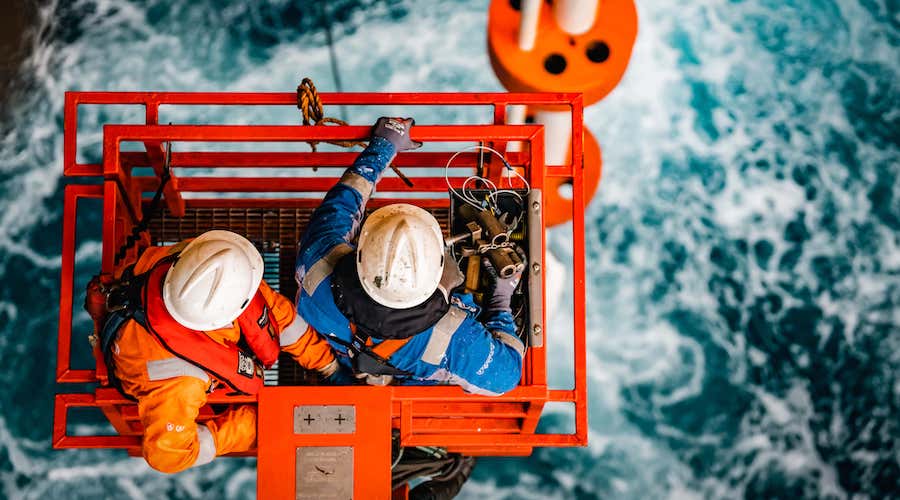Introduction
Canada-based The Metals Company (TMC) has taken a significant step towards deep-sea mining by submitting applications for a commercial recovery permit and two exploration licenses under US law. This move, facilitated by recent executive action from President Donald Trump to fast-track offshore mining, aims to secure critical minerals vital for clean energy and defense industries. However, it has sparked controversy over environmental risks and international governance.
TMC’s Strategic Move
TMC USA, the company’s US subsidiary, filed the applications under the Deep Seabed Hard Mineral Resources Act (DSHMRA) and regulations by the National Oceanic and Atmospheric Administration (NOAA). The targeted area in the Clarion-Clipperton Zone of the Pacific Ocean spans over 199,895 square kilometers for exploration and 25,160 square kilometers for commercial recovery. TMC estimates these zones hold 1.63 billion wet metric tonnes of polymetallic nodules, containing substantial amounts of nickel, copper, cobalt, and manganese—metals essential for batteries and infrastructure.
CEO Gerard Barron hailed the applications as a step toward US mineral independence, aligning with the Trump administration’s push to reduce reliance on foreign supply chains. A White House official projected the industry could create up to 100,000 jobs and contribute billions to the economy over the next decade.
Environmental and International Concerns
Despite the economic promise, deep-sea mining remains highly controversial. Environmentalists argue that the ecological impacts are poorly understood, with potential harm to fragile ocean ecosystems. Critics demand more scientific research before commercial operations begin. TMC has pledged to minimize damage by preserving 30% of its contract areas and using technology that limits seabed disturbance, but skepticism persists.
On the international stage, TMC’s decision to pursue permits under US law—bypassing the UN-affiliated International Seabed Authority (ISA), which governs mining in international waters—could strain global negotiations. The US is not a signatory to the UN Convention on the Law of the Sea, and this unilateral move risks undermining over a decade of efforts to establish a multilateral regulatory framework for seabed mining.
Analysis and Perspective
While TMC’s initiative addresses the urgent global demand for critical minerals—projected by the International Energy Agency to rise by 40% due to clean energy transitions—it raises valid concerns. The environmental risks of deep-sea mining cannot be dismissed, as the ocean floor hosts unique biodiversity that may take centuries to recover from disturbances. Moreover, bypassing international consensus through national laws could set a dangerous precedent, fragmenting global governance and potentially leading to a 'race to the bottom' in regulatory standards. A balanced approach, prioritizing rigorous scientific assessment and international cooperation, is essential before extraction begins.
